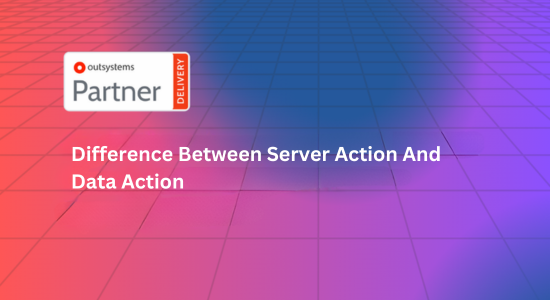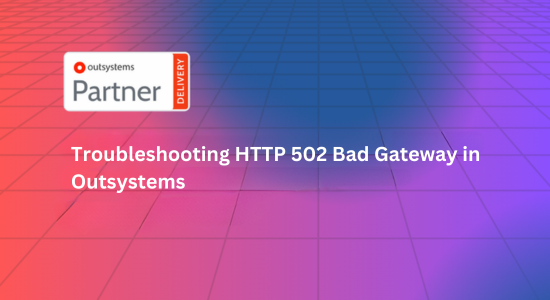In the ever-evolving landscape of application development, OutSystems stands as a formidable platform, renowned for its efficiency and agility. However, navigating its complexities often presents challenges that developers encounter on their development journey. From scalability hurdles to integration complexities, several obstacles can impede seamless OutSystems development. Let’s delve into these challenges and explore effective strategies to overcome them.
1. Scalability Woes: Scaling an application within OutSystems to accommodate increased users or data can pose a significant challenge. As applications grow, performance issues may arise, impacting user experience.
Solution: Adopt a modular approach. Break down the application into manageable modules, ensuring that each component operates independently. Leverage OutSystems’ architecture to create scalable and reusable modules, allowing for easier scaling without compromising performance.
2. Integration Complexities: Integrating with external systems or legacy applications often presents complexities due to different data formats, protocols, or compatibility issues.
Solution: Utilize OutSystems’ extensive integration capabilities. Leverage connectors and APIs to streamline integration with various systems. Prioritize building standardized interfaces and data models to facilitate seamless communication between different platforms.
3. Skill Gap and Training Needs: Adopting OutSystems might require upskilling or training existing teams, leading to a learning curve and potential productivity dips.
Solution: Invest in comprehensive training programs. Encourage your team to undergo OutSystems certifications and workshops to bridge the skill gap effectively. Additionally, foster a culture of knowledge sharing and collaboration among developers to accelerate the learning process.
4. Performance Optimization: Ensuring optimal performance while maintaining the application’s functionality and responsiveness is crucial for user satisfaction.
Solution: Conduct regular performance audits and optimizations. Identify bottlenecks, optimize database queries, and leverage caching mechanisms offered by OutSystems. Emphasize code efficiency and adhere to best practices to enhance overall application performance.
5. Security Concerns: Protecting sensitive data and ensuring robust security measures within the application is paramount.
Solution: Follow OutSystems’ best practices for security. Implement robust authentication mechanisms, data encryption, and secure coding practices. Regularly update and patch the application to address vulnerabilities and stay aligned with industry security standards.
6. Version Control and Deployment Challenges: Managing different versions of applications and deploying updates seamlessly can become complex, leading to deployment bottlenecks.
Solution: Embrace OutSystems’ version control features. Utilize environment management tools to streamline deployment processes. Implement a robust deployment strategy, including staging environments for thorough testing before production releases.
Overcoming challenges in OutSystems development demands a combination of strategic planning, technical prowess, and a proactive approach to problem-solving. By leveraging the platform’s capabilities, fostering continuous learning, and adhering to best practices, developers can navigate these hurdles effectively, ensuring the successful development and deployment of robust applications that meet evolving business needs.








